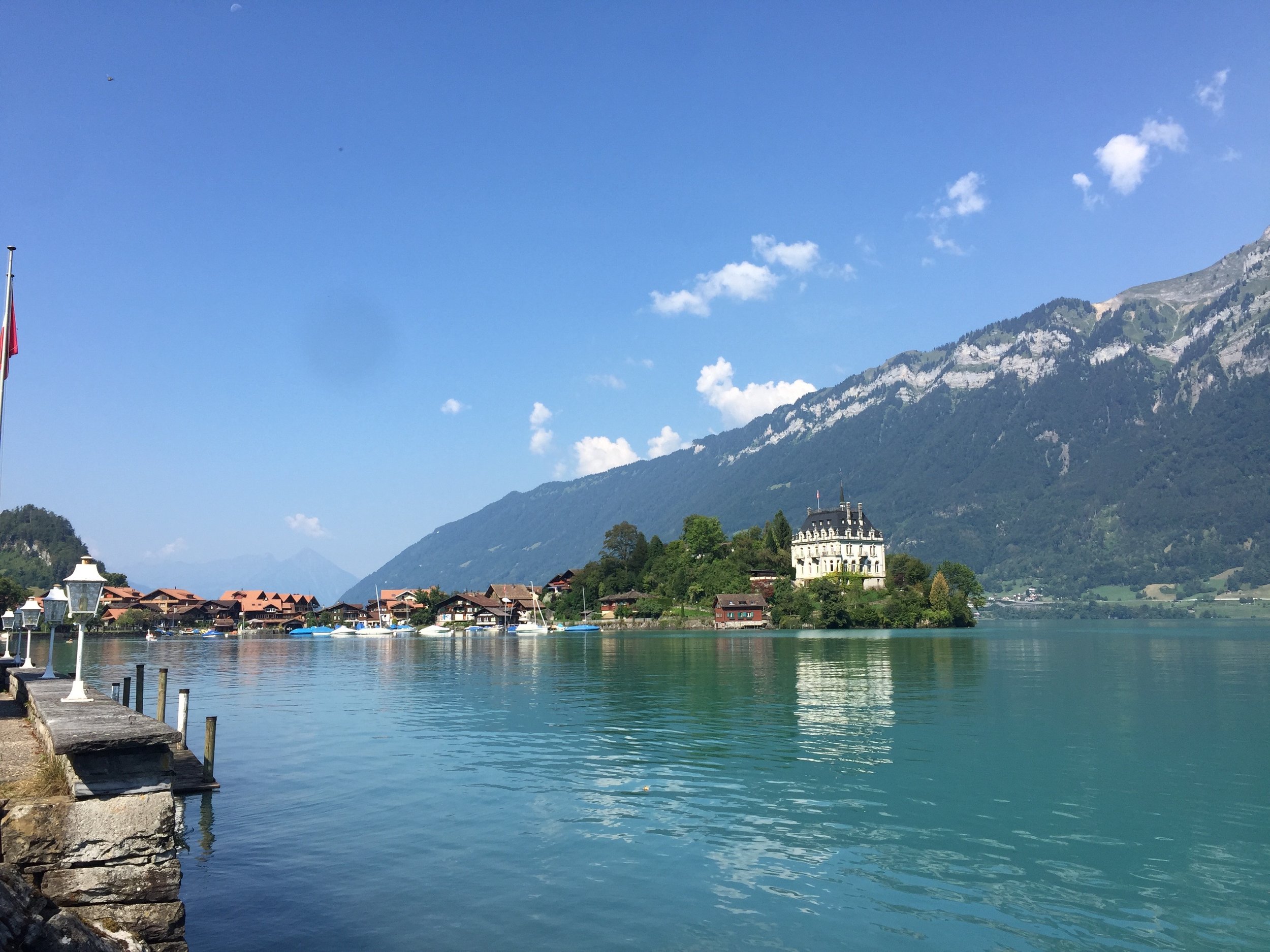
Reviews

My Salinger Year
Poignant, keenly observed, and irresistibly a memoir about literary New York in the late nineties, a pre-digital world on the cusp of vanishing, where a young woman finds herself entangled with one of the last great figures of the century.
At twenty-three, after leaving graduate school to pursue her dreams of becoming a poet, Joanna Rakoff moves to New York City and takes a job as assistant to the storied literary agent for J. D. Salinger. She spends her days in a plush, wood-paneled office, where Dictaphones and typewriters still reign and old-time agents doze at their desks after martini lunches. At night she goes home to the tiny, threadbare Williamsburg apartment she shares with her socialist boyfriend. Precariously balanced between glamour and poverty, surrounded by titanic personalities, and struggling to trust her own artistic instinct, Rakoff is tasked with answering Salinger’s voluminous fan mail. But as she reads the candid, heart-wrenching letters from his readers around the world, she finds herself unable to type out the agency’s decades-old form response. Instead, drawn inexorably into the emotional world of Salinger’s devotees, she abandons the template and begins writing back. Over the course of the year, she finds her own voice by acting as Salinger’s, on her own dangerous and liberating terms.
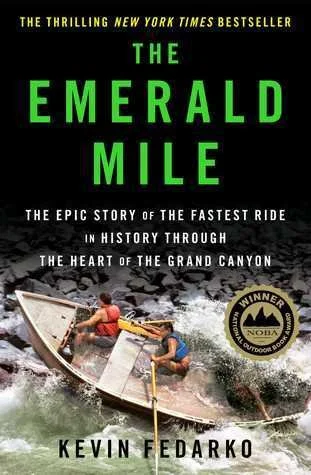
The Emerald Mile
From one of Outside magazine’s “Literary All-Stars” comes the thrilling true tale of the fastest boat ride ever, down the entire length of the Colorado River and through the Grand Canyon, during the legendary flood of 1983.
In the winter of 1983, the largest El Niño event on record—a chain of “superstorms” that swept in from the Pacific Ocean—battered the entire West. That spring, a massive snowmelt sent runoff racing down the Colorado River toward the Glen Canyon Dam, a 710-foot-high wall of concrete that sat at the head of the most iconic landscape feature in America, the Grand Canyon. As the water clawed toward the parapet of the dam, worried federal officials desperately scrambled to avoid a worst-case one of the most dramatic dam failures in history.
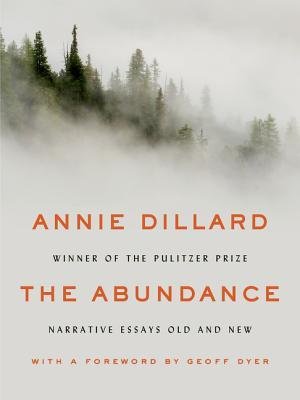
The Abundance: Narrative Essays Old and New
In recognition of this Pulitzer prize–winning author’s lauded career as a master essayist, a landmark collection, including her most beloved pieces and some rarely seen work the abundance includes the best of Annie Dillard’s essays, delivered in her fierce and muscular prose, filled with absorbing detail and metaphysical fact. Intense, vivid, and fearless, her work endows the true and seemingly ordinary aspects of life—a commuter chases snowball-throwing children through backyards, a bookish teenager memorizes the poetry of Rimbaud—with beauty and irony. These essays invite readers into sweeping landscapes, to join Dillard in exploring the complexities of time and death, often with wry humor. On one page, an eagle falls from the sky with a weasel attached to its throat; on another, a man walks into a bar.
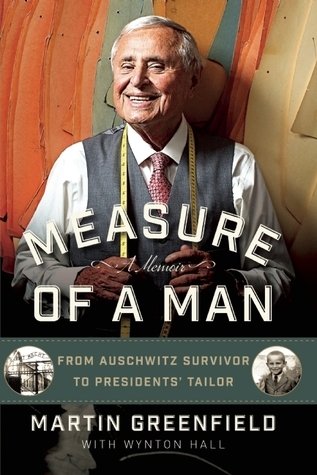
Measure of a Man
He's been called "America's greatest living tailor" and "the most interesting man in the world." Now, for the first time, Holocaust survivor Martin Greenfield tells his incredible life story. Taken from his Czechoslovakian home at age fifteen and transported to the Nazi concentration camp at Auschwitz with his family, Greenfield came face to face with "Angel of Death" Dr. Joseph Mengele and was divided forever from his parents, sisters, and baby brother.
In haunting, powerful prose, Greenfield remembers his desperation and fear as a teenager alone in the death camp—and how an SS soldier's shirt dramatically altered the course of his life. He learned how to sew; and when he began wearing the shirt under his prisoner uniform, he learned that clothes possess great power and could even help save his life.

Rejected Princesses
Well-behaved women seldom make history. Good thing these women are far from well behaved . . .
Illustrated in a contemporary animation style, Rejected Princesses turns the ubiquitous "pretty pink princess" stereotype portrayed in movies, and on endless toys, books, and tutus on its head, paying homage instead to an awesome collection of strong, fierce, and yes, sometimes weird, women: warrior queens, soldiers, villains, spies, revolutionaries, and more who refused to behave and meekly accept their place.
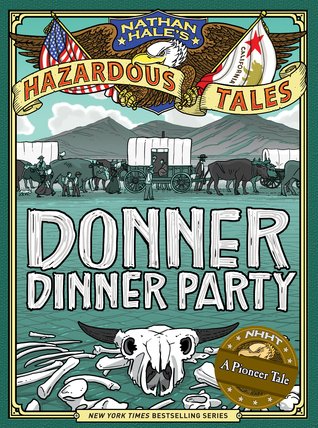
Nathan Hale's Hazardous Tales: Donner Dinner Party (Nathan Hale's Hazardous Tales #3)
n the spring of 1846, a group of families left Illinois and began the long journey to California. To save time, they took an ill-advised shortcut─with disastrous consequences.
Bad weather, bad choices, and just plain bad luck forced the pioneers to spend a long, cold winter in the mountains, slowly starving. What they did to stay alive and the lengths that others went in order to rescue them make this one of the most tragic and infamous stories of the American frontier.

The Girl with the Lower Back Tattoo
In The Girl with the Lower Back Tattoo, Amy mines her past for stories about her teenage years, her family, relationships, and sex and shares the experiences that have shaped who she is - a woman with the courage to bare her soul to stand up for what she believes in, all while making us laugh.
Ranging from the raucous to the romantic, the heartfelt to the harrowing, this highly entertaining and universally appealing collection is the literary equivalent of a night out with your best friends - an unforgettable and fun adventure that you wish could last forever. Whether she's experiencing lust-at-first-sight while in the airport security line, sharing her own views on love and marriage, admitting to being an introvert, or discovering her cross-fit instructor's secret bad habit, Amy Schumer proves to be a bighearted, brave, and thoughtful storyteller that will leave you nodding your head in recognition, laughing out loud, and sobbing uncontrollably - but only because it's over.

Why Nations Fail: The Origins of Power Prosperity and Poverty
Is it culture, the weather, geography? Perhaps ignorance of what the right policies are?
Simply, no. None of these factors is either definitive or destiny. Otherwise, how to explain why Botswana has become one of the fastest growing countries in the world, while other African nations, such as Zimbabwe, the Congo, and Sierra Leone, are mired in poverty and violence?
Daron Acemoglu and James Robinson conclusively show that it is man-made political and economic institutions that underlie economic success (or lack of it). Korea, to take just one of their fascinating examples, is a remarkably homogeneous nation, yet the people of North Korea are among the poorest on earth while their brothers and sisters in South Korea are among the richest. The south forged a society that created incentives, rewarded innovation, and allowed everyone to participate in economic opportunities. The economic success thus spurred was sustained because the government became accountable and responsive to citizens and the great mass of people. Sadly, the people of the north have endured decades of famine, political repression, and very different economic institutions—with no end in sight. The differences between the Koreas is due to the politics that created these completely different institutional trajectories.

Tetris: The Games People Play
It is, perhaps, the perfect video game. Simple yet addictive, Tetris delivers an irresistible, unending puzzle that has players hooked. Play it long enough and you’ll see those brightly colored geometric shapes everywhere. You’ll see them in your dreams.
Alexey Pajitnov had big ideas about games. In 1984, he created Tetris in his spare time while developing software for the Soviet government. Once Tetris emerged from behind the Iron Curtain, it was an instant hit. Nintendo, Atari, Sega―game developers big and small all wanted Tetris. A bidding war was sparked, followed by clandestine trips to Moscow, backroom deals, innumerable miscommunications, and outright theft.

Something New
When cartoonist Lucy Knisley and her boyfriend John broke up, Lucy wondered if she would ever find love again. Three years later, she did--when John returned to New York, walked back into Lucy's life, and proposed.
This is not that story. It is the story of the "happily ever aftermath"--the wedding.


